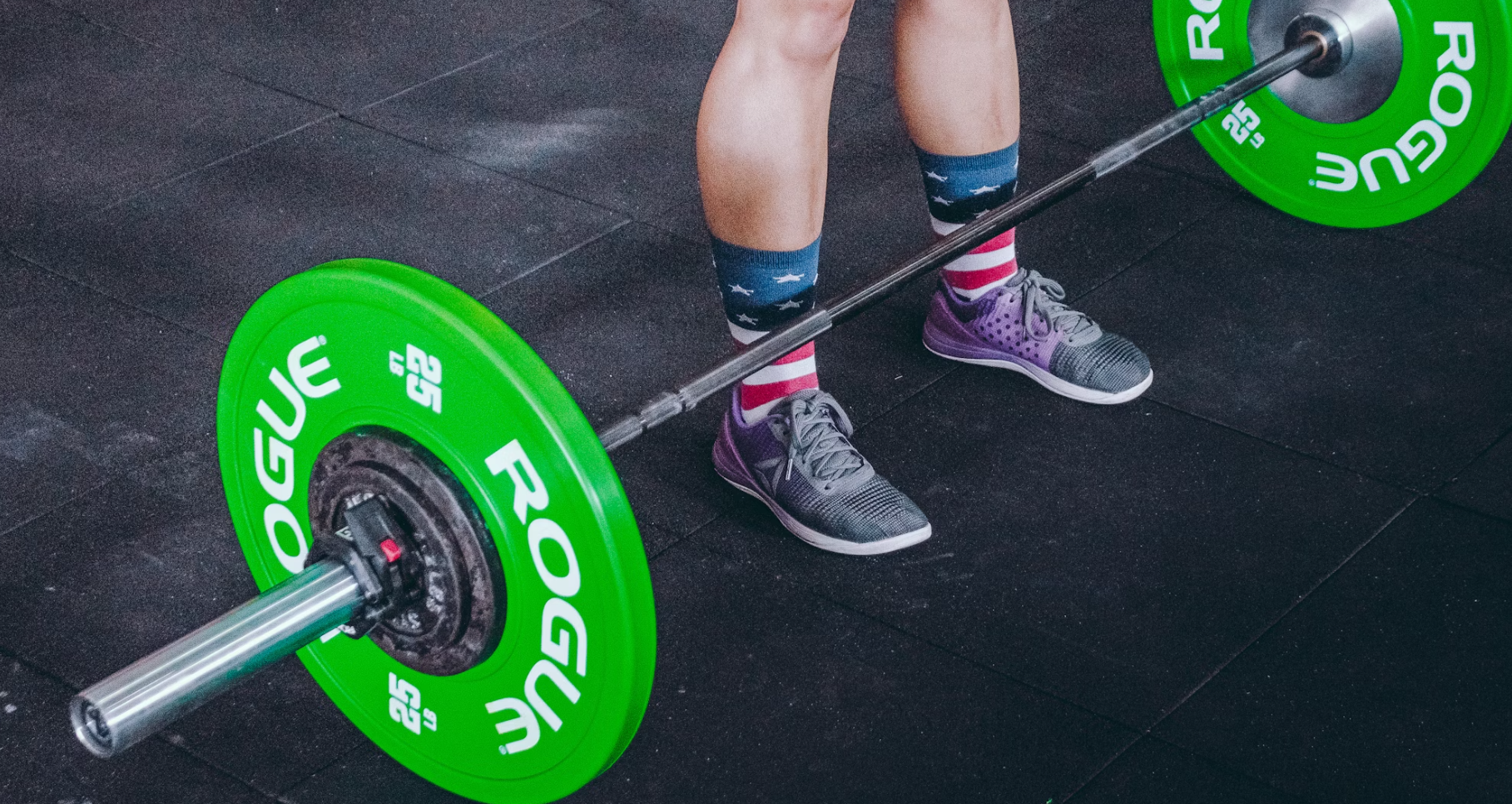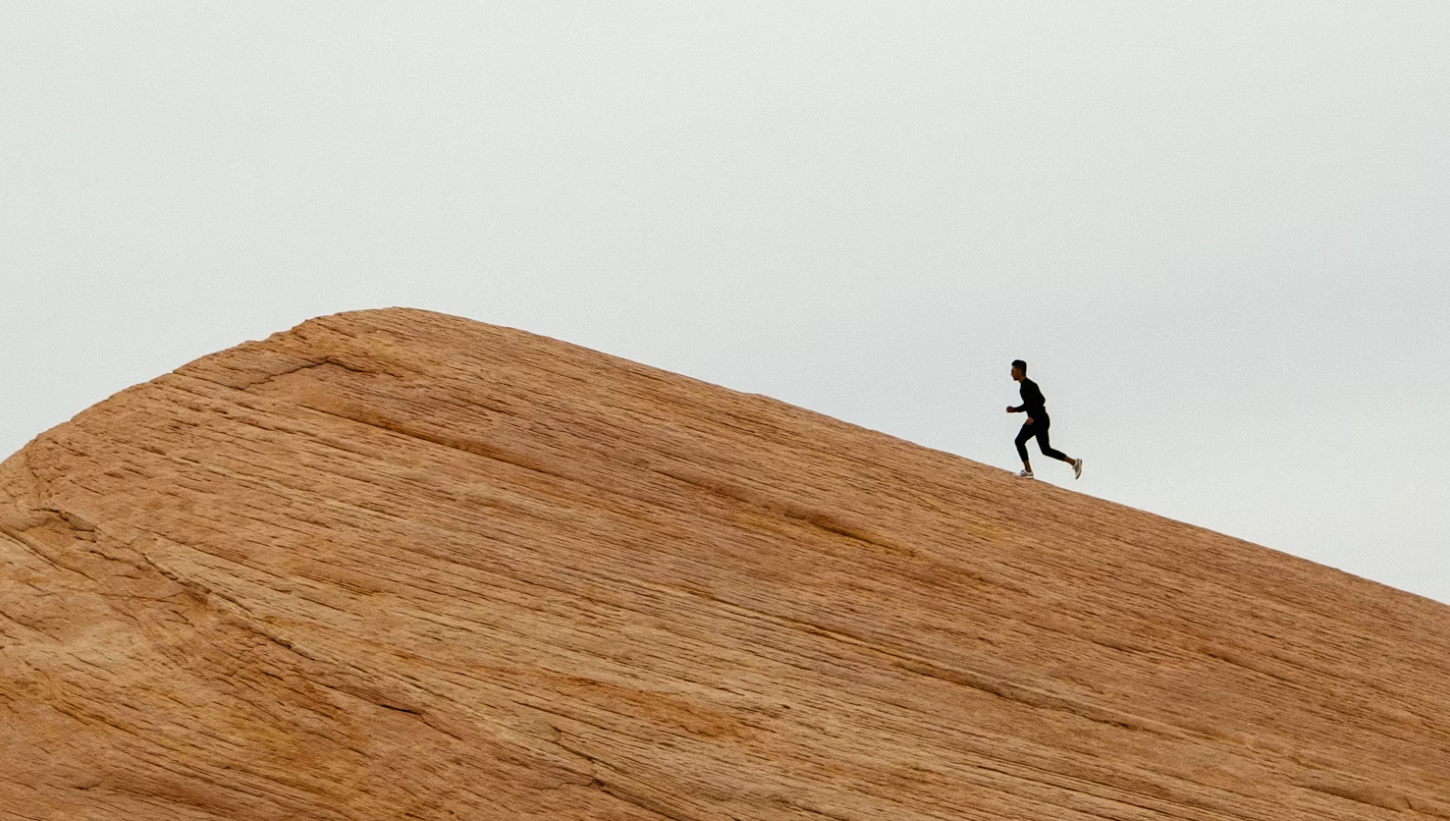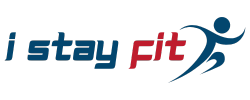Leg Day: A Guide to Stronger Legs Without the Intensity

Leg day—some love it, most . . . definitely do not. But regardless of how we may feel about it, it’s absolutely necessary. If you’ve been in the fitness community for a while, you’ve probably heard something like “Yeah, they definitely skip leg day.” Hopefully it wasn’t being said about you. But if it was, there’s no need to fret! Leg day doesn’t have to be a day of dread.
So why care about leg day? Are leg exercises really that important? Yes! They are! Having strong leg muscles and a strong lower body in general isn’t just good for athletes. It’s good for everyone because it influences overall strength, balance, and many everyday tasks. If you’re a casual gymgoer or just someone who wants to get healthier, here’s a quick fundamental guide to leg day and some examples of what a leg workout can look like (no leg press machine will be mentioned, sorry). Please note that this website is meant for the everyday person, the average Joe or Jane, not professional athletes.
What Is Leg Day?
“Leg day” typically means dedicating one workout to your leg muscles and the other muscles of your lower body. It’s usually accompanied with other workout days that focus on different muscle groups, like push days and pull days. A lot of people just prefer to throw their leg exercises into full-body workouts, and that’s totally fine. The advantage of having a leg day is that you can really emphasize those lower-body muscles and maximize results. It also means you don’t have to think about exercising the rest of your body, which gives those muscles a break.
Why You Should Train Your Lower Body
Stability and Strength: If your legs are strong, your overall balance is also improved. This will make general tasks easier and less tiring, like carrying heavy objects. This becomes especially with age and decreases the risk of falls.
Posture and Mobility: Leg workouts are a great way to get your body better aligned and to stabilize your joints, again reducing the risk of injury in daily activities, and of course in things like hiking and sports.
Boosting Full-Body Power: Many leg exercises, such as deadlifts and squats, are also effective at engaging your core and back. So leg day is also kind of core and back day. Think of it as a bonus!
You don’t have to be preparing for a marathon to benefit from having a strong lower body.
What Muscles Are Worked on Leg Day?
There are five main muscle groups to be concerned about on leg day (though you don’t need hit each one in a single leg day): glutes, quads, hamstrings, adductors, and calves.
Glutes: Yep, your butt. Your glutes are your powerhouse for hip extension and rotation. These muscles stabilize the pelvis and support walking, sprinting, and other such movements. They are also a big factor in your ability to simply stand upright.
Adductors: Located on your inner thighs, these muscles pull your leg toward the body and also help with leg rotation.
Quadriceps: Known better as just “quads,” these large muscles are found at the front of the thigh. They help you extend your knees and straighten your legs.
Hamstrings: Sometimes called your “hams,” these are at the back of your thighs and help to bend your knees and extend your hips.
Calves: We all know these. Your calves are essential for ankle movement and balance. More technically, your calf muscles are actually two muscles: the gastrocnemius and the soleus.
Simple Exercises to Try on Leg Day
You don’t need an intense or complicated routine or special equipment to enjoy a productive leg day. Here are some accessible exercises to improve your lower-body strength, endurance, and mobility.
Deadlifts
Reps and Sets: 3 or 4 sets of 4 to 6 reps
Simple Steps for Performing a Deadlift
- For your starting position, stand behind the bar with your feet flat. The bar should be about an inch from your shins. Hinge at your hips with your knees bent to bring your shins to the bar. Grip the bar with your hands on either side of your legs (your knuckles can face either in or out). Keep your chest raised and your spine in a neutral position.
- Take a deep breath and brace your core. Push through your heels and drive your hips forward. Maintain that neutral spine and keep your back muscles tight as you lift the bar off the floor.
- Stand tall with the spine still neutral. Engage your glutes and core to finish the lift safely.
- Reverse the motion by hinging your hips and bending your knees. Keep the bar close to your body as you lower it back to the floor.
Deadlifts target your hamstrings, adductors, core, and glutes. Keep your back straight and remember the old adage: lift with your legs, not your back. Start with a light weight and increase it gradually as you build strength. Feel free to practice with no weights on the bar to feel comfortable with the motion.
Split Squats
Reps and Sets: 3 sets of 8 to 12 reps
How to Do a Split Squat
Your starting position is once again standing. Lower yourself down on one knee and create a 90-degree angle with both legs. Your knee should not touch the floor. Keep your feet parallel and lean forward slightly. Your front foot should be flat, and your back foot should be bent so that only your midfoot and toes touch the floor. Engage your rear glute to stand back up.
Split squats build the glutes, quads, hamstrings, and adductors while helping to improve balance. Many people hold dumbbells to add weight and engage the upper body. Keep in mind that this exercise is about control. Don’t rush it.
Calf Raises (Heel Raises)
Reps and Sets: 2 to 5 sets of 10 to 15 reps
Calf raises are sometimes called heel raises. They’re a simple but incredibly effective leg exercise. Stand with your feet shoulder-width apart. Keep your toes pointing forward. Keep your back straight. Raise your heels slowly, hold the position for a second, then lower back down.
Once you do this exercise, you won’t need anybody to tell you that it works or that it targets the calf muscles. You’ll definitely feel it!
Hill Sprints

Reps and Sets: 4 to 6 sets of 30 seconds
Yep. Go find a hill and run up it a bunch of times. Sometimes the best workout is to just go out in nature and run around. People have probably been running up hills for exercise ever since hills were created, which was far before humans ever existed. So who knows? This might be the most tried-and-true form of exercise.
Running up that hill is a great way to target your glutes, hamstrings, and quads while also enhancing your cardiovascular fitness. Try a low incline to start off. Remember, you’re running up a hill, not a mountain. Be sure to walk when going down to give yourself a break between reps.
How to Handle Leg Day with Knee Pain
Got bad knees? No need to fret—you can still get a solid lower-body workout without aggravating your joint pain. For example, isometric exercises, such as holding a lunge without going up and down, can help increase strength without putting as much strain on your knees. Cycling machines and ellipticals can also offer great lower-body workouts without putting strain on your joints.
How Many Sets and Reps Should You Do?
If you’re a beginner, simplicity is key. Try 3 to 5 exercises per workout and do 3 sets of 8 to 12 reps for each one. Work on challenging your muscles without overwhelming them. If using weights, choose weights that leave you a few reps short of complete failure; this will help you work hard without burning yourself out.
How Often Should You Do a Leg Day Workout Routine?
Some research suggests that the frequency of leg workouts isn’t as important as the volume during each workout. So whether leg day comes once a week or three times a week, aim for at least 3 sets of 10 to 12 reps or 4 sets of 8 reps to get the best results for muscle growth. These are just some of the leg workouts you can do. There are many more, but remember, you don’t need a leg press machine!
